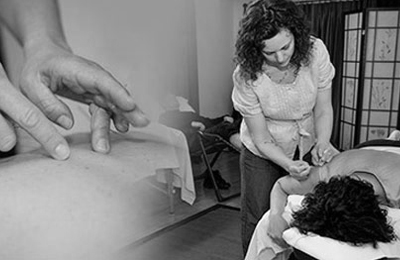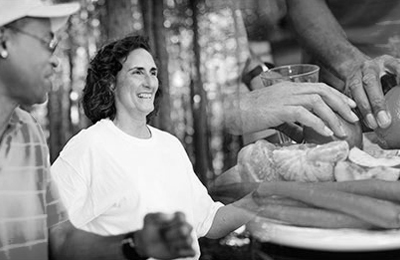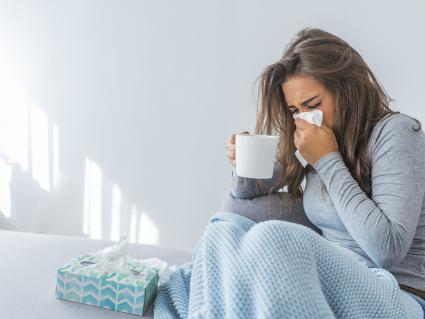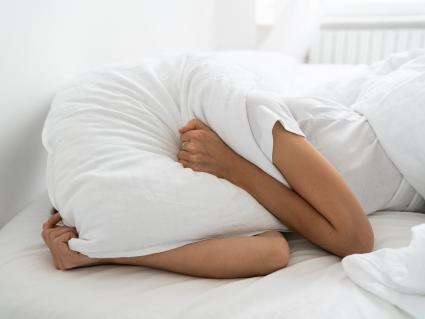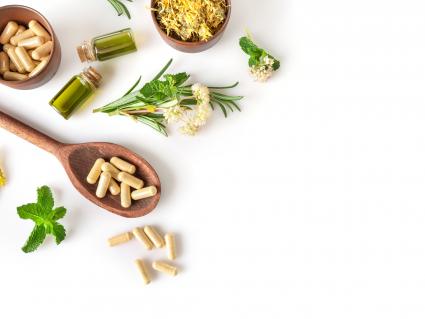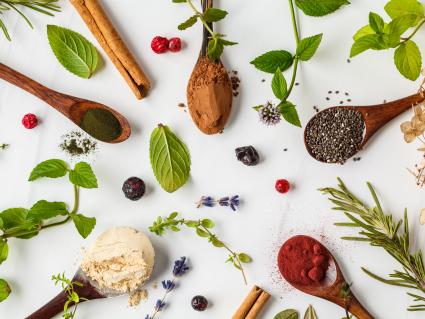Chinese Herbs, Borrelia and Biofilm Research
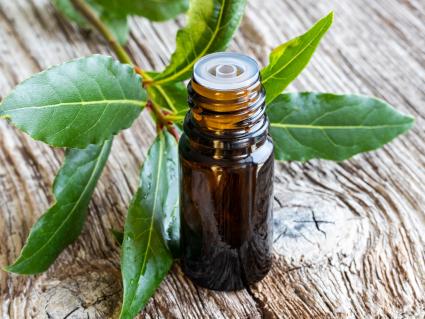
Chinese herbal medicine serves as a natural, comprehensive protective therapy for patients with TBD as well as a viable option to mitigate the disease.
Integrative medicine blends holistic and western medical practices to diagnose and treat illness. Chinese medicine’s clinical history is thousands of years old, yielding one of the most expansive comprehensive medical traditions in the world. It’s herbal therapeutics are used to address ailments as simple as the common cold and as complex as chronic illness. The therapeutic benefits of Chinese herbal medicine are increasingly documented through numerous studies found in peer reviewed journals. One study that I recently came across examines the efficacy of several herbal oils and fatty acids for the inhibition of Borrelia spirochete growth and the breakdown of it’s sturdy biofilm structure known as one of the formidable aspects of the Borrelia bacteria (Goc, et al., 2019). The researchers found that of the 47 oils and fatty acids tested, bay leaf oil and cassia oil, a commonly used Chinese herb, were the most effective in inhibiting Borrelia activity. Both bay leaf and cassia (a.k.a cinnamon) are culinary herbs used throughout the world, likely residents of your spice cabinet.
Biofilm is the protective structure formed by the (Borrelia) bacteria which allows it to survive in different environments and in different cellular states (Sapi, et al, 2016). The biofilm acts like a shield and has been shown in vivo to protect the bacteria even against common antibiotics used to treat the disease (DiDomenico, et al, 2018). Herbal oils of cinnamon, oregano and clove examined in vivo were found to be more effective at disrupting Borrelia replication than was doxycycline (Feng et al, 2017). Feng and colleagues explain that this is due to the nature of the Borrelia bacteria which can be destroyed by commonly used antibiotics in the log phase but that in the stationary phase (the phase which includes Borrelia biofilm, microcolonies, and round bodies) the antibiotics are ineffective.This, the researchers say, may result in persistent infections. This is one example where herbs can be a bridge to treatment success for Lyme.
Chinese herbal medicine serves as a natural, comprehensive protective therapy for patients with TBD as well as a viable option to mitigate the disease. Herbs used in Chinese medicine are typically within a formula comprised of multiple herbs, each owning precise actions singularly and eliciting a myriad of responses in the body when combined with other herbs in the same formula. Simply put, Chinese herbal formulas are similar to a recipe for an excellent dish, where one herb serves as the flour, others serving as the egg, sugar, vanilla, butter and so on to create the perfect cookie.
In addition to cinnamon and clove, some other Chinese herbs that contain bactericidic properties include smilax (tu fu ling), isatis (ban lan gen), andrographis (chuan xin lian), scute (huang qin), forsythia (lian qiao), and artemesia (qing hao), among others. Andrographis contains antimicrobial, anticancer, and anti-inflammatory properties in addition to being known as a cardioprotective, hepatoprotective and neuroprotective herb.
Chinese herbs strengthen the patient’s constitution (whole system), address disease symptoms and decrease the disease burden on the body. For example, there are over 800 Chinese herbs used to address pain. Where there is joint and muscle pain one may use Chinese herbal formulas that include analgesic herbs such as frankincense (ru xiang), myrrh (mo yao), or tumeric (jiang huang). Another Chinese herb, lumbricus (earthworm), has been used for thousands of years to treat stubborn pain and headaches. This herb has shown to increase the pain threshold and exhibits peripheral analgesic effects in mice without the toxic side effects such as those from pharmaceutical painkillers (Luo et al, 2018). In light of the research, extensive history, and unyielding effectiveness of Chinese herbal medicine it’s realistic and optimal to utilize the best that medicine can offer through both western and holistic treatments for Lyme/TBD.
References:
1. Di Domenico, E. G., Cavallo, I., Bordignon, V., D'Agosto, G., Pontone, M., Trento, E., … Ensoli, F. (2018). The Emerging Role of Microbial Biofilm in Lyme Neuroborreliosis. Frontiers in neurology, 9, 1048. doi:10.3389/fneur.2018.01048
2. Feng, J., Zhang, S., Shi, W., Zubcevik, N., Miklossy, J., & Zhang, Y. (2017). Selective Essential Oils from Spice or Culinary Herbs Have High Activity against Stationary Phase and Biofilm Borrelia burgdorferi. Frontiers in medicine, 4, 169. doi:10.3389/fmed.2017.00169
3. Goc, A., Niedzwiecki, A., & Rath, M. (2019). Anti-borreliae efficacy of selected organic oils and fatty acids. BMC complementary and alternative medicine, 19(1), 40. doi:10.1186/s12906-019-2450-7
4. Luo, W., Deng, Z. H., Li, R., Cheng, G., Kotian, R. N., Li, Y. S., & Li, W. P. (2018). Study of analgesic effect of earthworm extract. Bioscience reports, 38(1), BSR20171554. doi:10.1042/BSR20171554
5. Sapi, E., Balasubramanian, K., Poruri, A., Maghsoudlou, J. S., Socarras, K. M., Timmaraju, A. V., … Zelger, B. (2016). Evidence of In Vivo Existence of Borrelia Biofilm in Borrelial Lymphocytomas. European journal of microbiology & immunology, 6(1), 9–24. doi:10.1556/1886.2015.00049



